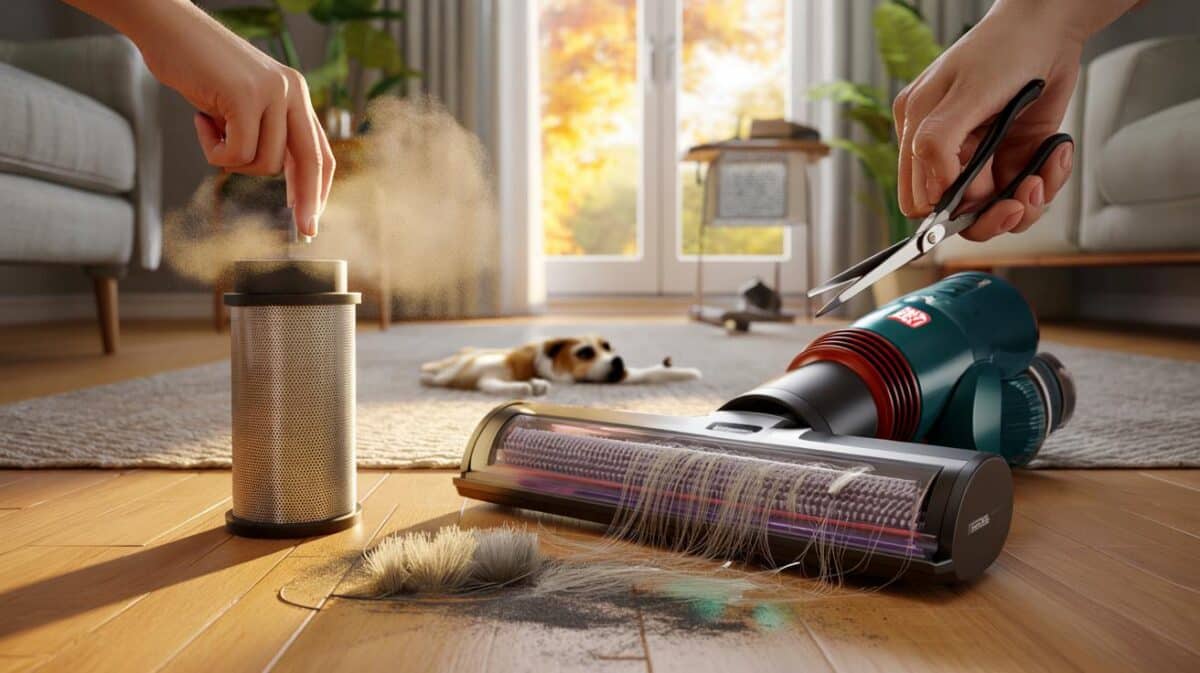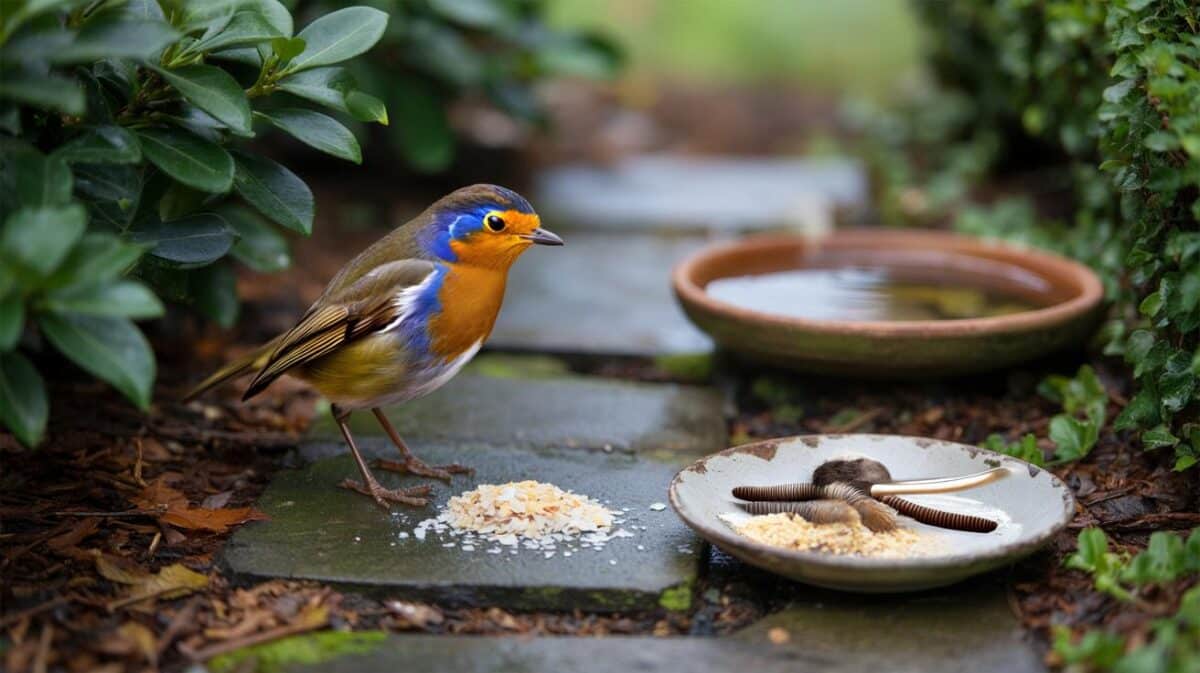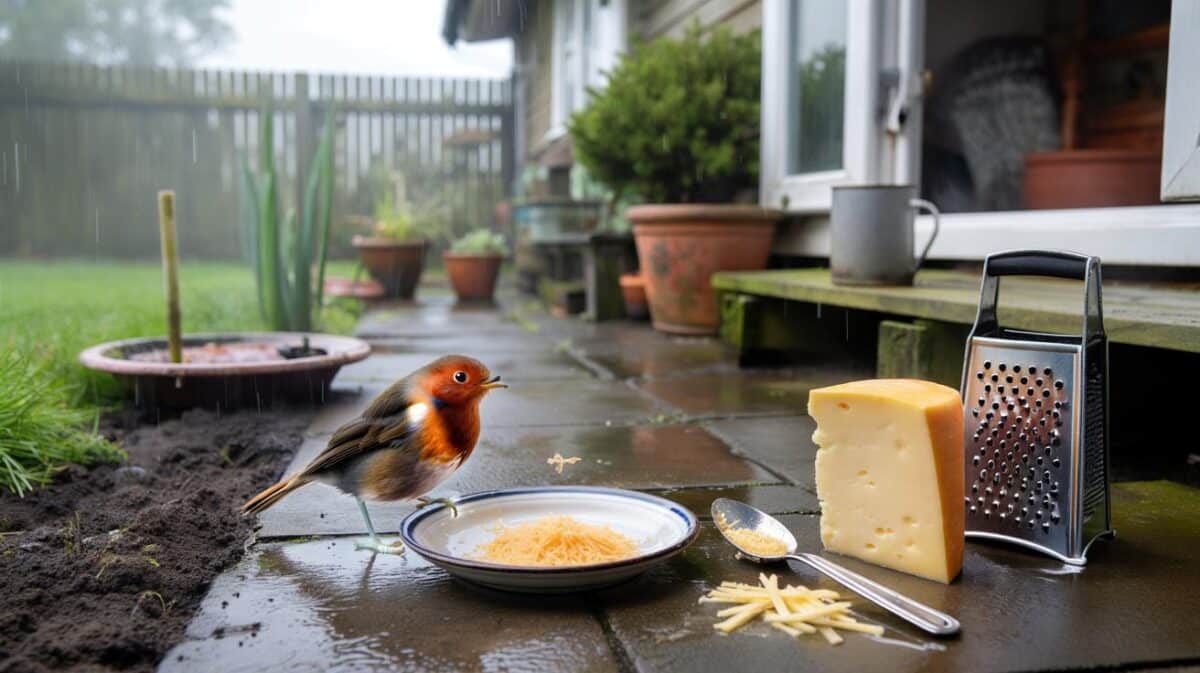Across the country, people return to shredded post, scratched doors and chewed cushions. Autumn curtails exercise windows, meetings run late, and fireworks loom. The pattern feels familiar, but it has a fixable logic when you read what your dog is trying to say.
Why your dog wrecks things when you leave
Dogs do not destroy the remote to spite you. They chase relief. Chewing eases tension. Tearing fabric burns energy. Barking pushes back at silence and strange building noises. The behaviour is a message, not malice.
Separation anxiety or simple boredom
Two problems often look alike. Separation anxiety brings pacing, drooling, door-scratching, and vocalising minutes after you step out. Boredom brings foraging, raiding bins and sampling laundry, typically after a lull in activity. The fix differs, so match your response to the cause.
Look at timing and triggers: panic that starts as you grab keys points to anxiety; mischief after a quiet afternoon points to under-stimulation.
What the season changes
With daylight fading and temperatures dropping, families shorten evening walks. Office days stretch. Builders, delivery vans and fireworks add noise spikes. You change your routine; your dog does not know why. Predictability fades and the home stops feeling safe.
Small, steady rituals beat big weekend workouts. Your dog values pattern over intensity.
Four fixes you can start today
Work off energy before you go
Give a purposeful 20–30 minute walk before you leave. Mix brisk heelwork, two short sniff-stops and one recall game. This uses mental and physical energy in balance. End with three minutes of calm on lead to lower arousal before the goodbye moment.
Make being alone predictable
Build a short, boring departure routine. Pick a phrase such as “back soon”, place a stuffed chew in the same spot, switch on a low radio, and leave without fuss. Stagger practice absences: three minutes, then eight, then twelve. Add two or three reps a day. Keep returns neutral for the first minute at the door.
Offer the right chew and brain work
Budget enrichment works. Freeze a rubber food toy with wet food or yoghurt and kibble. Hide 10 bits of dry food in a cardboard egg box stuffed with paper. Offer a natural chew sized to last 15–25 minutes. Rotate three or four activities so novelty stays high without new purchases.
Target 30–45 minutes of occupied time after you leave: 1 frozen feeder, 1 scent puzzle and a safe chew cover most home-alone windows.
Teach calm with short, repeated absences
Close an internal door for 30 seconds while you make tea. Open it and carry on without comment. Next, pick up your keys, put them down, and sit. Break the link between cues and exit. Add easy wins: settle on a bed for two minutes while you move around. Pay quiet with a tiny treat dropped by the paws.
Spot the signs and match the fix
| What you see | Likely cause | Try first |
|---|---|---|
| Chewed cushions, raided bin after a long nap | Boredom and excess energy | Pre-departure walk, frozen feeder, scent scatter |
| Whining as you pick up keys, drool by the door | Separation anxiety pattern | Graduated absences, predictable routine, radio masking |
| Scratches by windows during fireworks | Noise sensitivity | Quiet room, curtains drawn, white noise, long-lasting chew |
| Toilet accidents near exits | Stress or missed toilet break | Last loo trip within 10 minutes of leaving, calm exits |
Your five-minute pre-departure checklist
- Water bowl topped up and a safe chew ready.
- Radio or podcast at low volume to mask hallway noise.
- One food puzzle delivered as you walk to the door.
- Neutral exit phrase once, then leave without eye contact.
- On return, 60 seconds of calm before greetings and release.
Costs, kit and what to skip
You can set this up for under £30. One durable rubber feeder (£12–£18), two natural chews (£4–£6), and a snuffle mat or DIY towel-roll (£0–£10) cover most needs. Rotate items so value stays high. Avoid flimsy toys that shred into swallowable bits. If your dog guards food items, choose scatter games over stuffed feeders to reduce tension.
Reward the calm you want; ignore the drama you don’t. Attention can power the wrong behaviours.
Family rules that keep progress steady
Keep messages the same
Everyone should use the same exit phrase, the same return routine, and the same rules about furniture. Mixed signals fuel confusion. Note your plan on the fridge so babysitters and visiting relatives follow it.
Track what works
Use your phone to log departures and report back. How long did the chew last. When did the barking start. Two weeks of notes reveal patterns you can tune.
When you need extra help
If your dog cannot settle even for two minutes with you in the next room, bring a qualified trainer into the plan. Ask your vet to rule out pain, digestive discomfort or urinary issues, which can magnify distress. Camera checks help you time interventions: record the first 20 minutes after leaving to see exactly when arousal spikes.
Seasonal add-ons you can try this week
Firework weeks
Create a quiet room two hours before dark: curtains closed, lights on, a steady fan or white noise, and a stuffed feeder ready. Walk before dusk and add a toilet break at 21:30. Do not lure a frightened dog outside to face bangs; keep comfort inside predictable.
Crate or safe zone
A covered crate suits some dogs. Others relax better in a pen or a small, dog-proofed room. Test during the day while you stay home. The safe space should not trap a dog that tries to flee noise; choose the option that keeps skin and teeth off doors and skirting boards.
Extra ideas that stretch the brain without stretching time
Teach a two-minute settle on a mat after dinner. Hide ten bits of kibble in three rooms and release your dog to find them. Swap the morning bowl for a puzzle feeder twice a week. These habits add up. Over two to three weeks, most families report calmer exits, quieter hallways and intact cushions.
If your schedule swings wildly, anchor two non-negotiables: a brief morning outing and a fixed wind-down window at night. Protect those even on busy days. Add variety on weekends with a new walking route or a scent trail in the garden. The aim stays the same: clear patterns, steady outlets, and calm returns that protect both your furniture and your dog’s peace of mind.







